Nozomi train to Hiroshima – A bomb dome
The train trip took roughly about 1-1/2 hour to Hiroshima. At the station we found the information desk easily enough and were given a streetcar map and the number of the streetcar to take us to Hiroshima Peace Park. The first view of the Dome and skeletal remains of the building sent a chill down my spine and filled my heart with a great sadness that man was responsible for this. We walked around the remaining structure, looking at it and the memorials, trying to imagine the horror and suffering the people here endured after the dropping of the A bomb. Looking at the photo’s below it is still hard to comprehend such destruction in one foul swoop wiping out a city, razing it to the ground, the thousands of lives destroyed in an instant, the suffering that followed for the survivors from radiation poisoning. This is the horror of a nuclear weapon; the A bomb.
The bombing of Hiroshima
The A Bomb fell almost directly on top of the Hiroshima Prefectural building, the building crushed and gutted by fire; amazingly some of the outer shell and remnants of the dome remained. Everyone in the building died instantly. The explosion wiped out 90 percent of the city and killed 80,000 people; tens of thousands more would later die of radiation exposure, in all about 140,000 people died by the end of that year. After effects on the health of survivors continued for another 10 years and are ongoing. The bombing of Hiroshima virtually razed the city to ground level, everything near the hypocenter flattened,blackened,charred and lifeless.
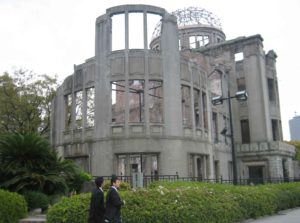
A bomb dome Hiroshima
The Hiroshima Peace Memorial Park
The Hiroshima Peace Memorial Park built on a razed field; before the bombing of Hiroshima part of the city’s busiest commercial and residential district. The Memorial Park is a symbol of this tragic event and holds memorials and monuments, museums and lecture halls. A visit to the Museum is an important part of any visit to Hiroshima.
The Museums has films,photo panels,narratives, models of Hiroshima before and after the bombing. Recorded testimony of the Atomic Bomb Survivors; artifacts such as children’s clothing and toys, melted bottles, a watch that stopped exactly at 8:15 am, the moment of the Hiroshima atomic bomb blast.
The Museums offer a very moving and heart-rending experience of the absolute horror of the A bomb holocaust, and must surely strengthen the resolve of every person who visits to support the call for a world free of nuclear weapons and for world peace.
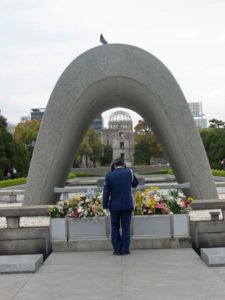
Memorial Cenotaph
The Memorial Cenotaph
The main area of the Hiroshima Peace Memorial Park is laid out beautifully with a Memorial Cenotaph, a saddle-shaped monument that covers a cenotaph holding the names of all the people killed by the A Bomb. Through the arch you can see the Peace flame and A Bomb Dome. The Pond of Peace lies between the Cenotaph and Peace Flame. The Memorial Cenotaph arch, built in Shinto style, represents a shelter for the souls of the victims. Here at the Memorial Cenotaph one may stand silently and respectfully with bowed head, say a prayer for the victims of the A bomb and pray for lasting world peace.
Peace Flame a symbol for World Peace
The Peace Flame is a monument to the victims of the A bomb and a symbol for peace. The flame has burned continuously since it was lit in 1964 and will stay alight until all nuclear bombs are destroyed and the world is free from the threat of nuclear war and annihilation.
Children’s Peace Monument
The Children’s Peace Monument dedicated to the memory of the children who died as a result of the bombing of Hiroshima.The statue is of a girl with outstretched arms, a folded paper crane rising above her. The statue design based on the true story of Sadako Sasaki a girl who was two years old when the bombing of Hiroshima took place.
Sadako Sasaki – a symbol of the innocent victims of war
At age ten Sadako Sadako developed radiation symptoms; diagnosed with Leukemia and given a year to live. An ancient Japanese legend promises that anyone who folds a thousand origami cranes would be granted a wish by a crane. Sadako set about to fold 1,000 paper cranes in the belief she would be cured. Sadly, Sadako passed away on October 25,1955, and is a symbol of the innocent victims of war. People from all over the world fold cranes and send them to Hiroshima. The colorful folded cranes are placed near the monument.
Memorial Tower to the Mobilized Students
The Memorial Tower to the Mobilized Students is in memory of the students mobilized by the government to work in building demolition operations mainly to create fire breaks to prevent air raid fires from spreading. On the day of the bombing of Hiroshima, 6,300 out of 8,400 students engaged in this work died horrible deaths from the effects of the radiation.The school children jumped into the river, crying for help, trying to purge the burning inside their bodies with the water, having no understanding of the ghastly effects of radiation poisoning.
Annual Peace Memorial Ceremony
Every year on the 6 August, the date of the bombing of Hiroshima, a Peace Memorial Ceremony sponsored by the city of Hiroshima is held in the park in front of the Memorial Cenotaph. The Peace Memorial Ceremony is held annually to console the victims of the A Bomb and pray for abolition of nuclear weapons and lasting world peace. People attend from all over the world to add their prayers and pay their respects. The name given to the surviving victims of the A bomb,is ‘hibakusha’. The word literally translated means “explosion-affected People” and refers to people who suffered exposure to radiation from the A bomb.
Declaration for World Peace
Since 1947, the Mayor of Hiroshima has delivered a Peace Declaration on August 6,”A-bomb Day” at the Peace Memorial Ceremony. At 8.15 am, the exact time when the atomic bomb fell on Hiroshima the Peace Bell rings out across the city. The ‘hibakusha’, citizens and visitors attending the ceremony and throughout the city offer silent prayers for one minute for the repose of the souls of the A bomb victims and for world peace. People from all over the world attend this service, and the service is broadcast internationally.
At the entrance to the Peace Memorial Museum is a message inscribed on a large stone from Pope John Paul –
“War is the work of man. War is destruction of human life. War is death.
To remember the past is to commit oneself to the future.
To remember Hiroshima is to abhor nuclear war,
To remember Hiroshima is to commit oneself to peace.”
The last two lines of this message from Pope John Paul are firmly set in my minds-eye and sums up my visit to Hiroshima. If you feel helpless about all the war zones around the world, something we can all do at anytime is say a prayer for World Peace.
Related Posts:
- sensoji-Asakusa Kannon Temple
- The Kabuki Theatre
- Half Day Tokyo Tour
- Tokyo Japan travel to Nikko
- Toshogu Shrine Japan
- Nikko-Lake chuzenji & Kegon Waterfall|Tokyo-Japan-travel
- Mt-fuji-lake-ashi-komagatake-ropeway-japan
- What is an Irori,what is a jizai kagi Takayama gifu province Japan
- Takayama festival floats-matsuri festivals-gifu province japan
- Two headed monster-Sakurayama Hachimangu Shrine-Takayama-Gifu Province
- Hida hotel-Plaza | Farmers Market Takayama Japan
- Sugidama Sake breweries – traditional shops Takayama Japan
- 450 year old cherry blossom trees scenic Miboro dam Takayama
- The old Toyama family farmhouse Shirakawa-go
- Ancient a-frame Gassho-zukuri homes – villages of Shirakawa-go
- Doburoku matsuri festival Gokayama-washi Shirakawago villages
- Kanazawa railway station east plaza city center
- Kanazawa shrine Kanazawa – marsh of gold
- Perfect landscaping Kenrokuen GardenPark Kanazawa
- Spectacular cherry blossom trees Kanazawa castle park Japan
- Samurai-Nagamach Samurai District-Kanazawa a green city
- Beautiful geisha tea house of the geisha ochaya shima
- Paradise of gold for an artisan Kanazawa
- Nijo Castle Ninomaru Palace and gardens
- Golden Pavilion Kinkaku Ju Kyoto
- Kyoto Imperial Palace Kyoto
- Kyoto Heian shrine-heavenly weeping cherry blossom trees
- Sanjusangen-do-temple-1001-golden-statues Kyoto
- Kiyomizu-dera-kyoto-japanese buddhism
- Himeji castle white heron castle feudal architecture
- Hakutsuru-sake brewery museum and brewery kobe japan
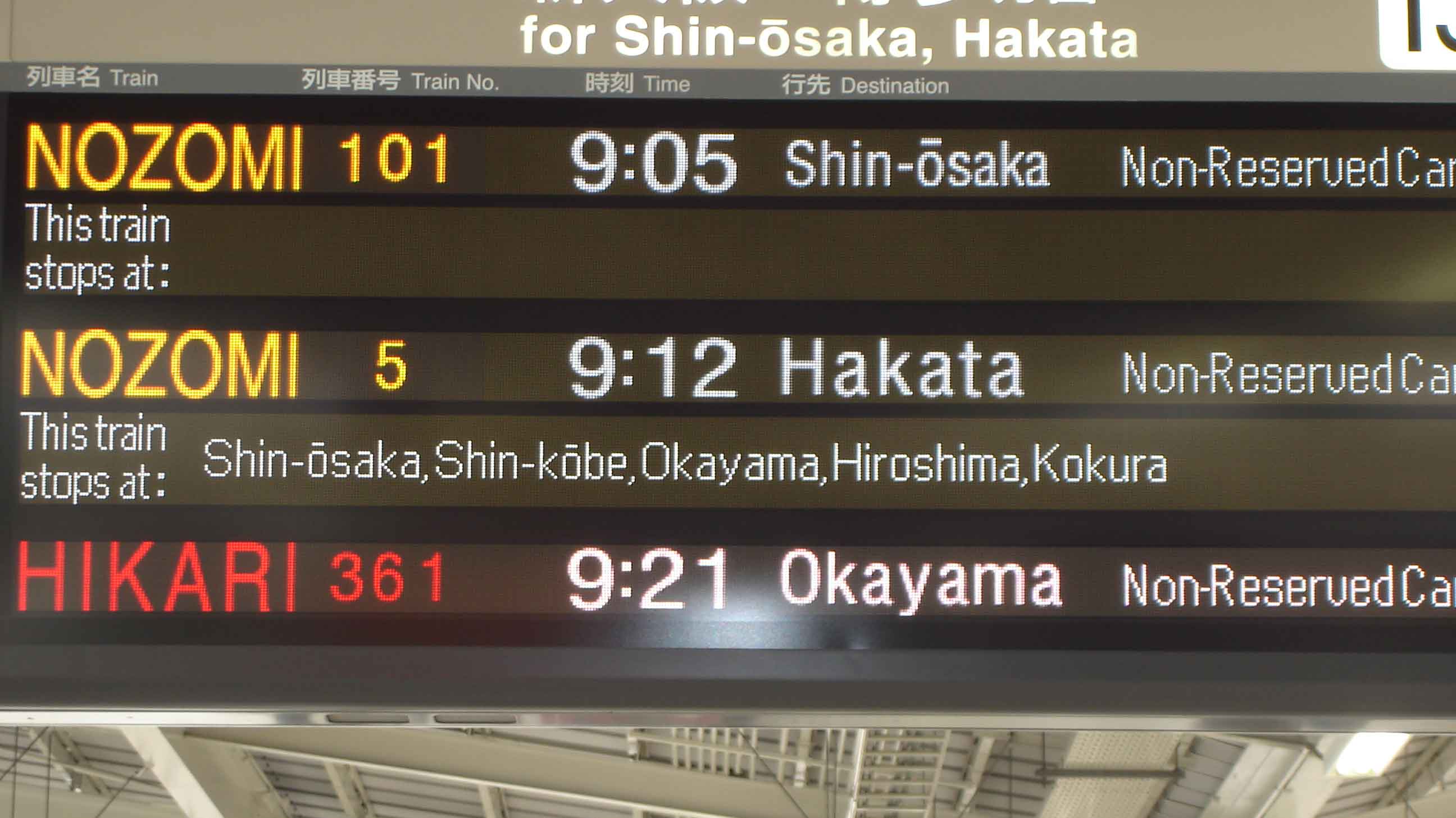
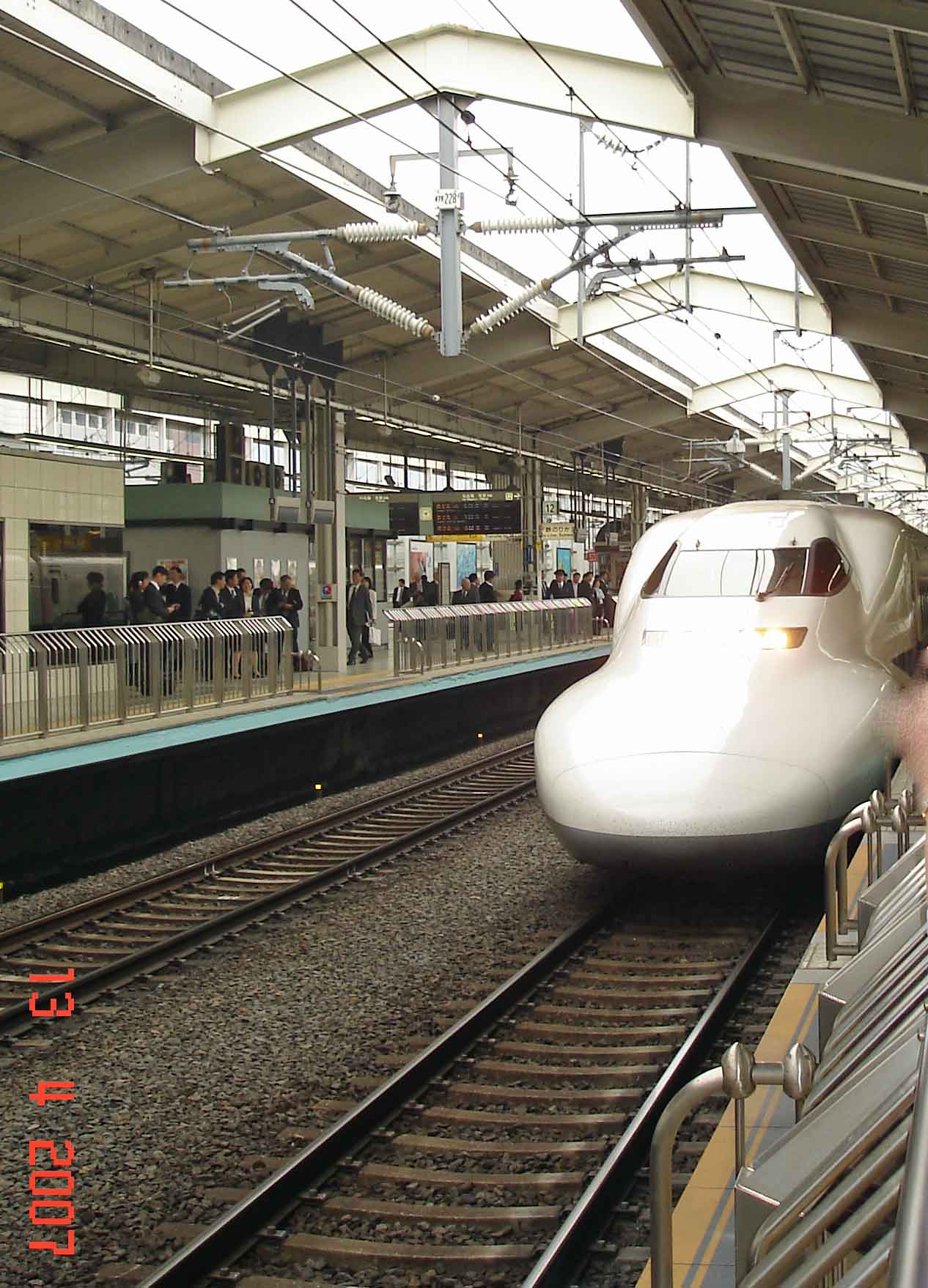
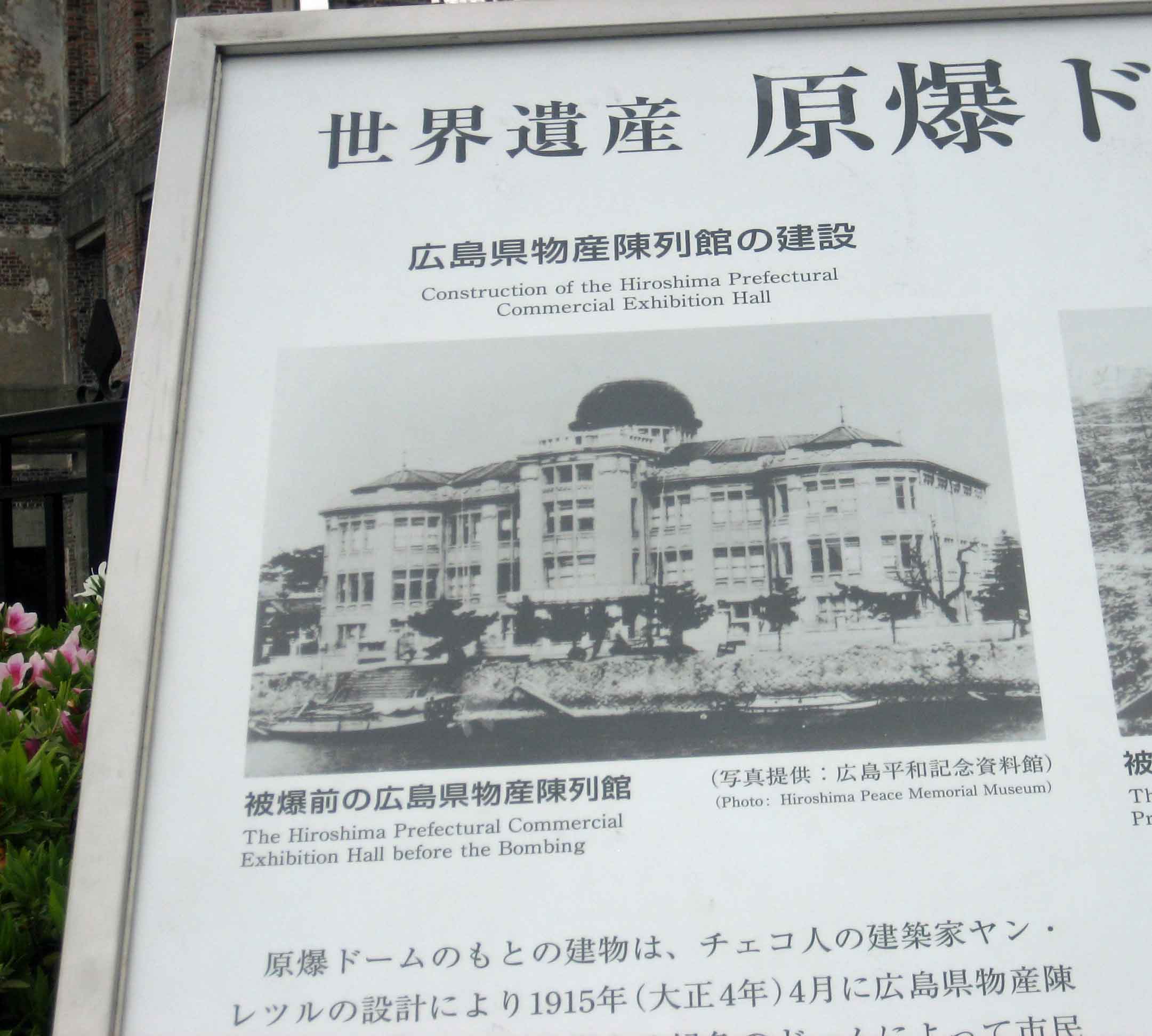
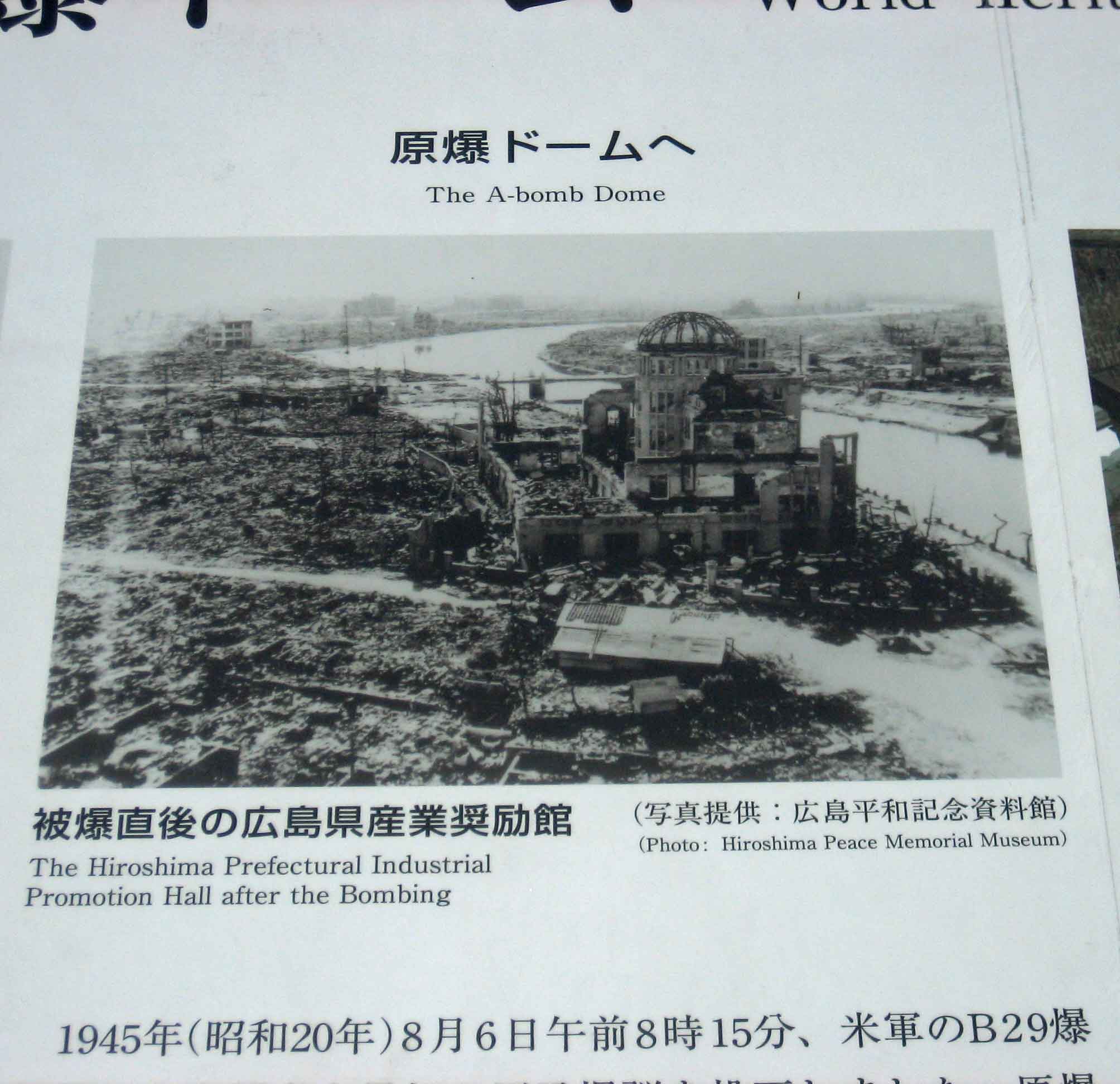
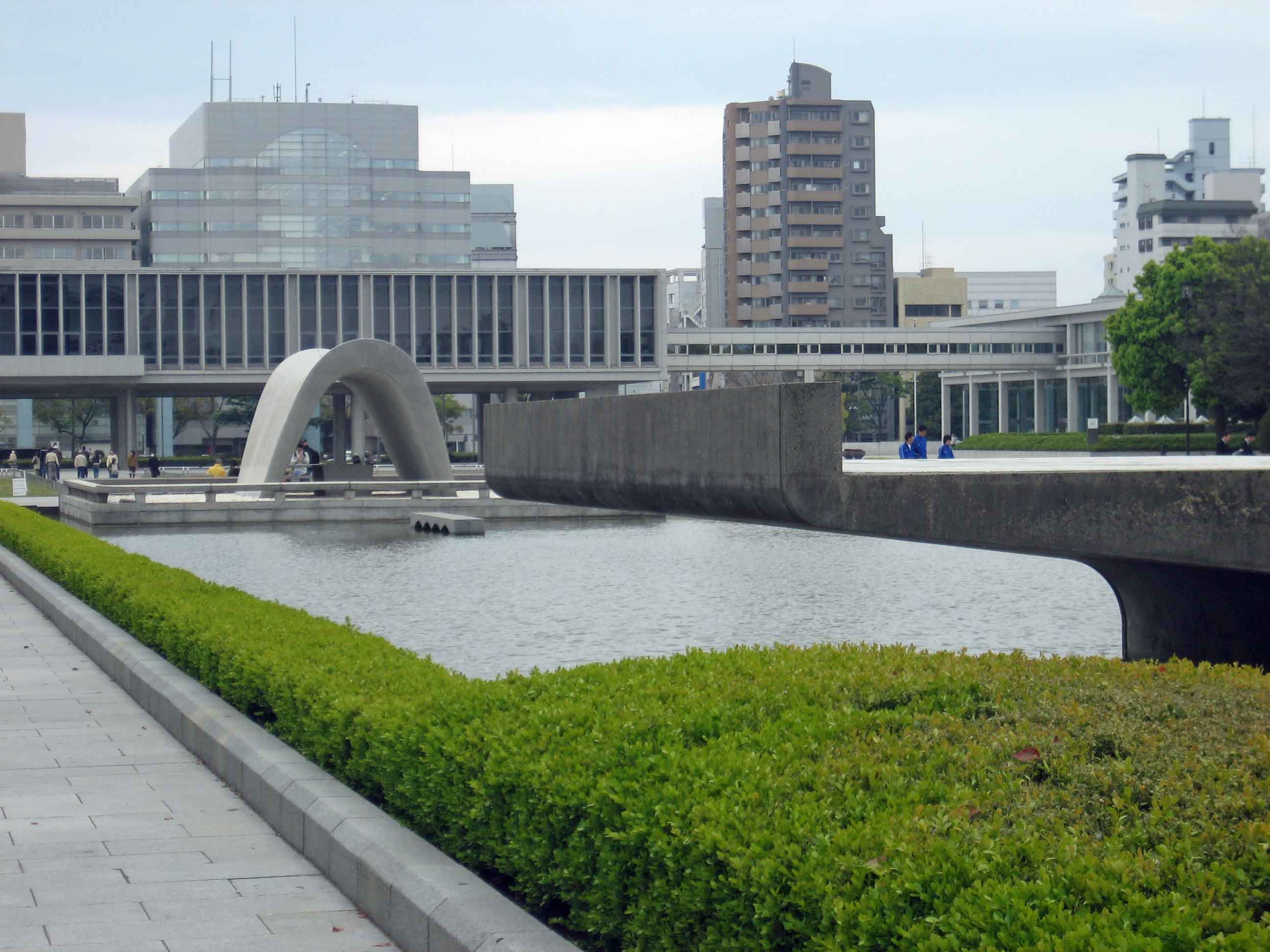
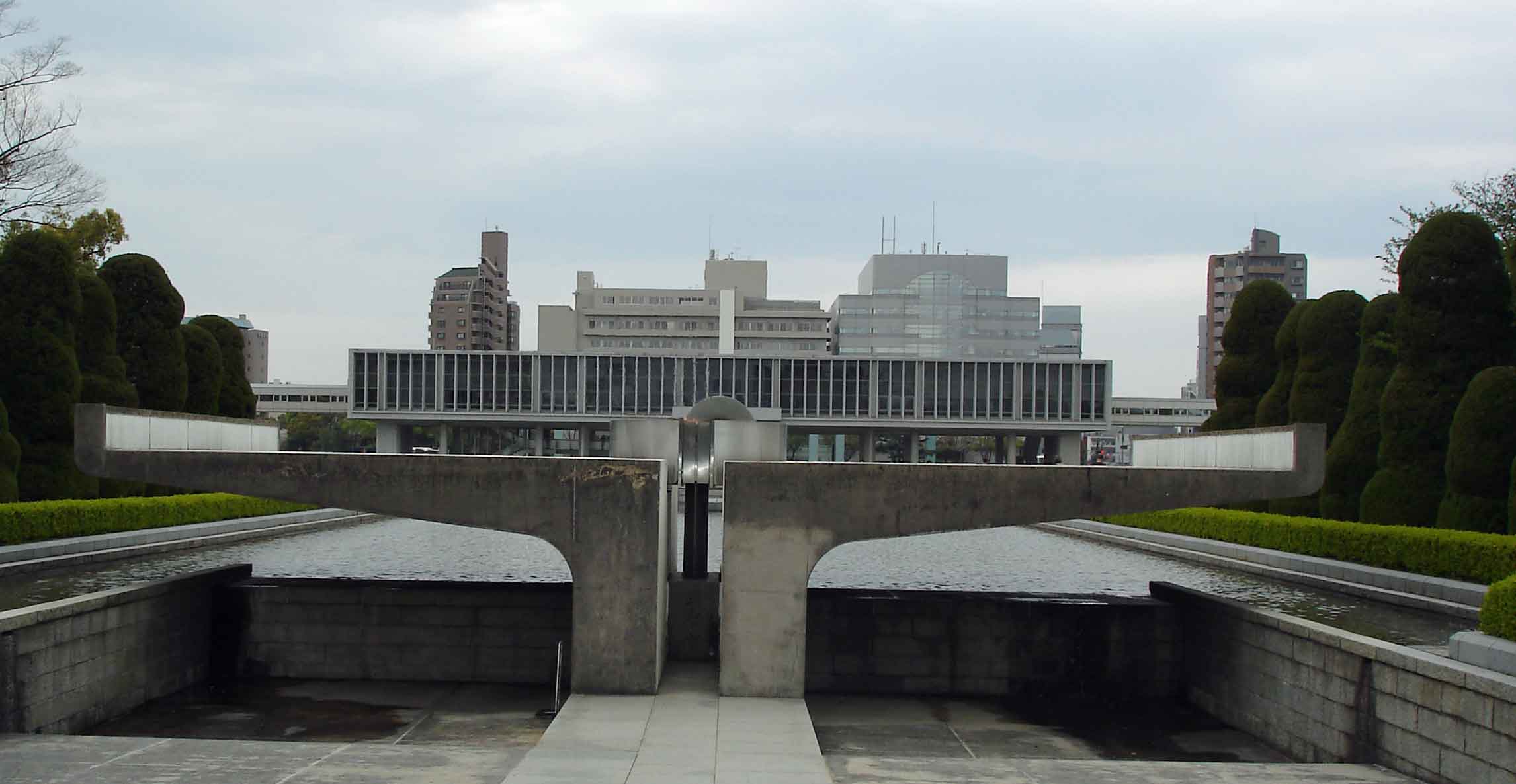
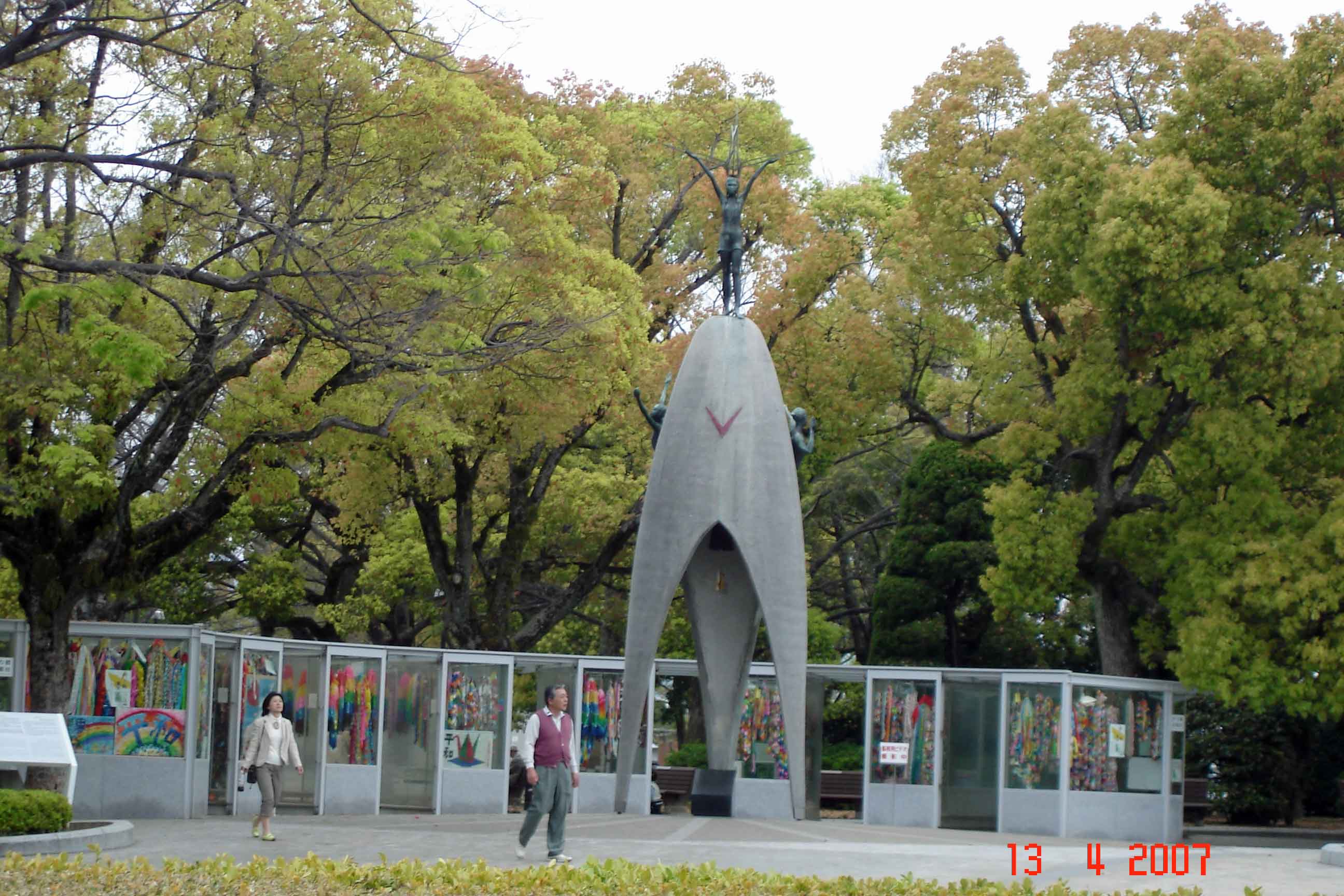
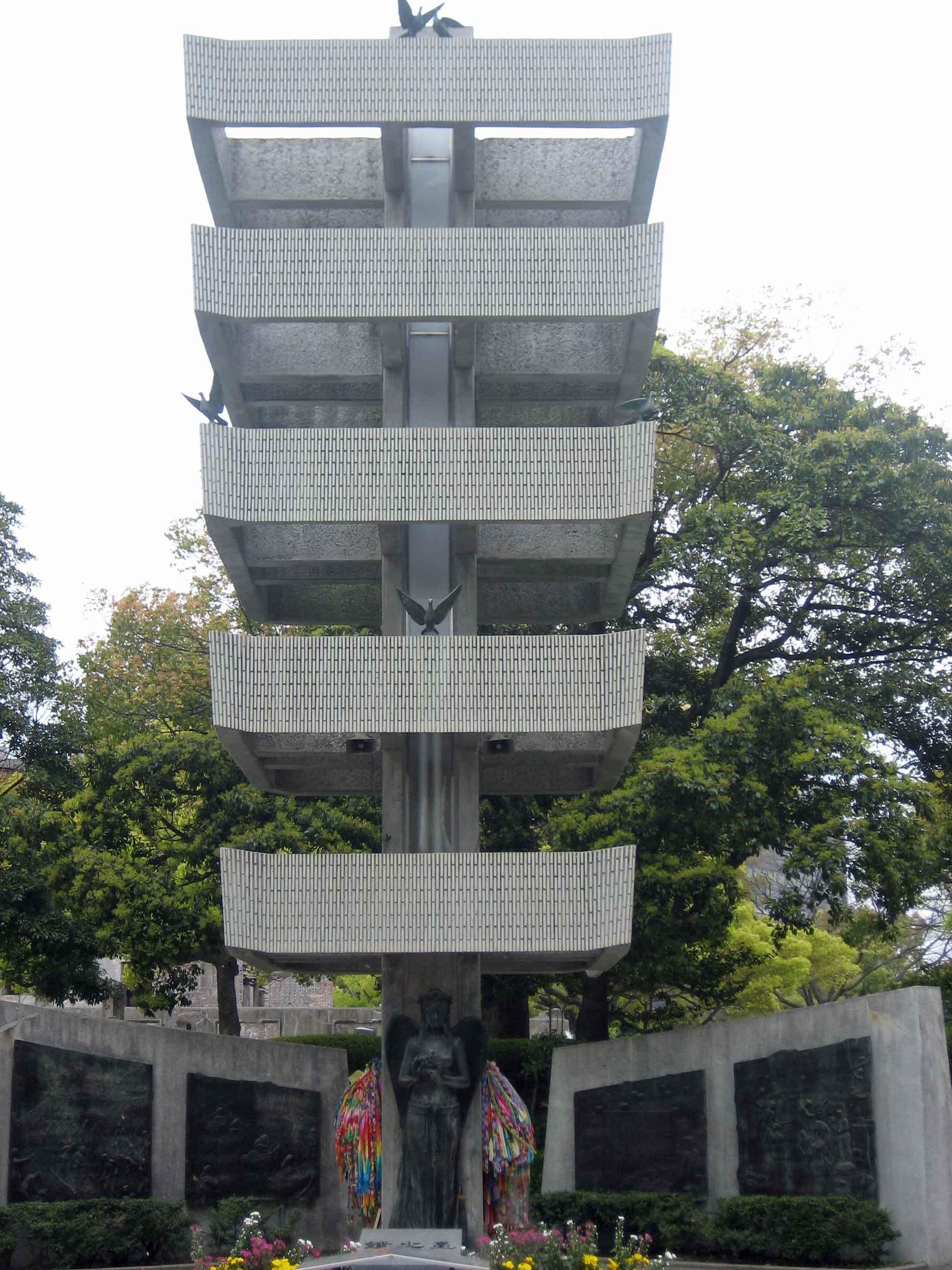
Speak Your Mind